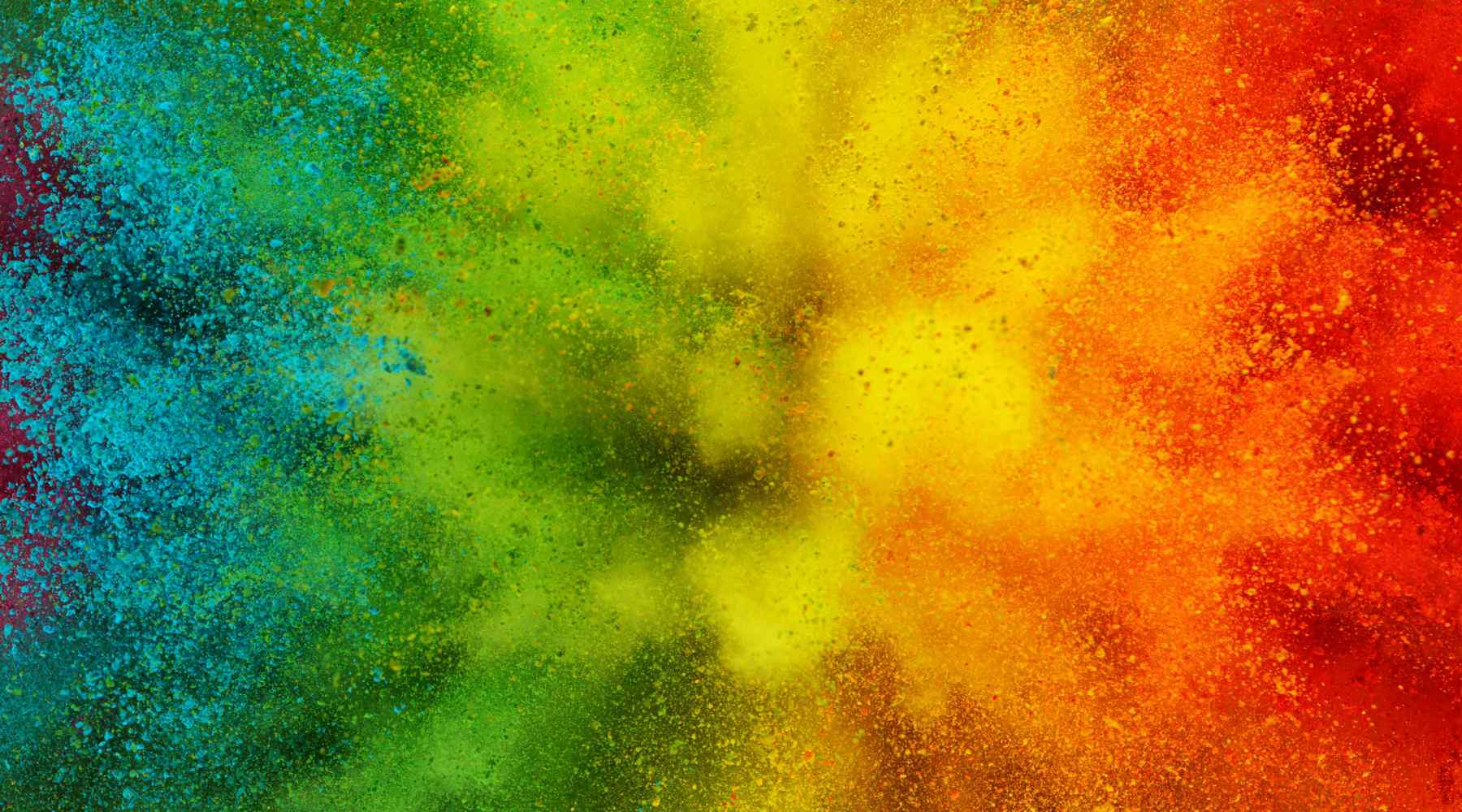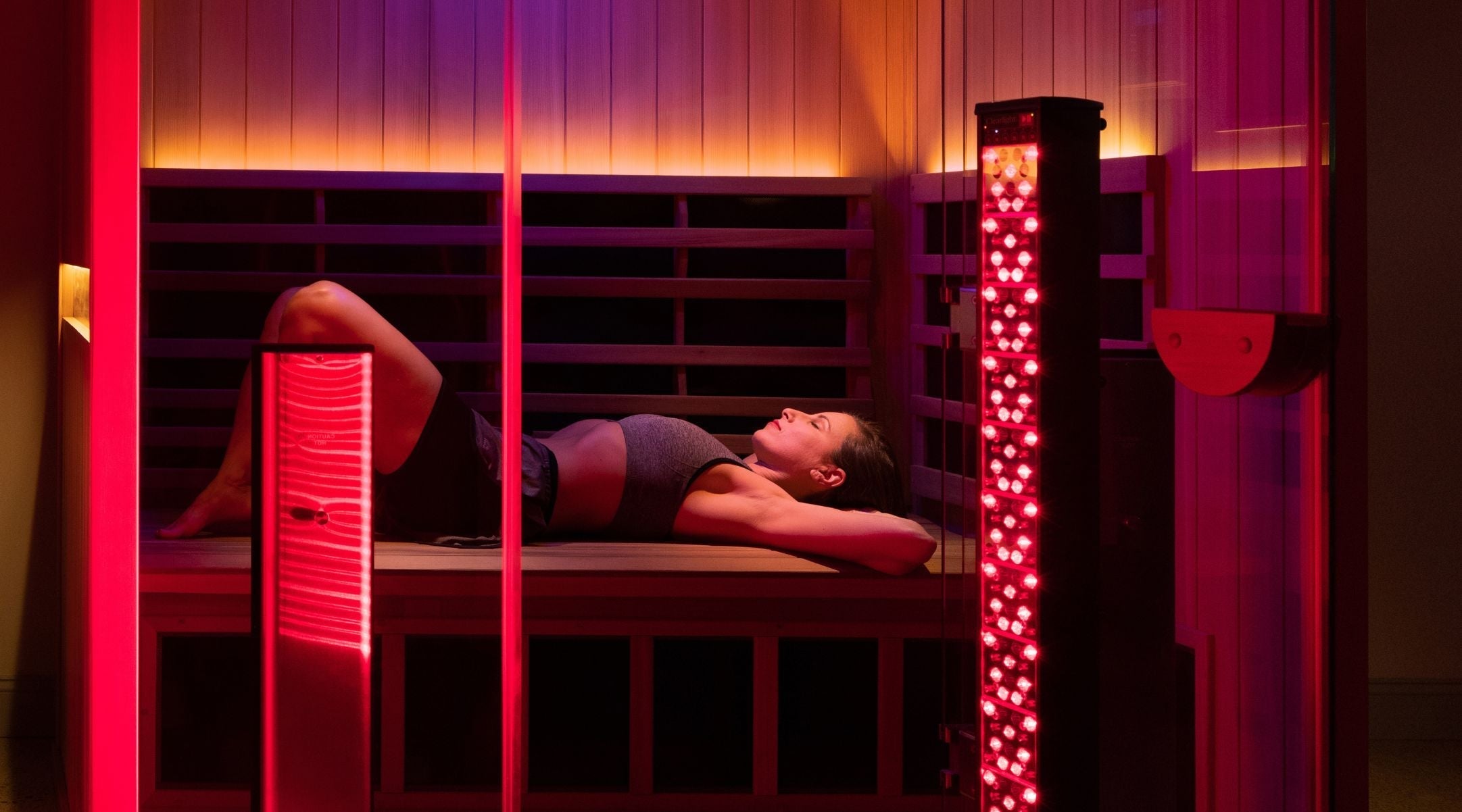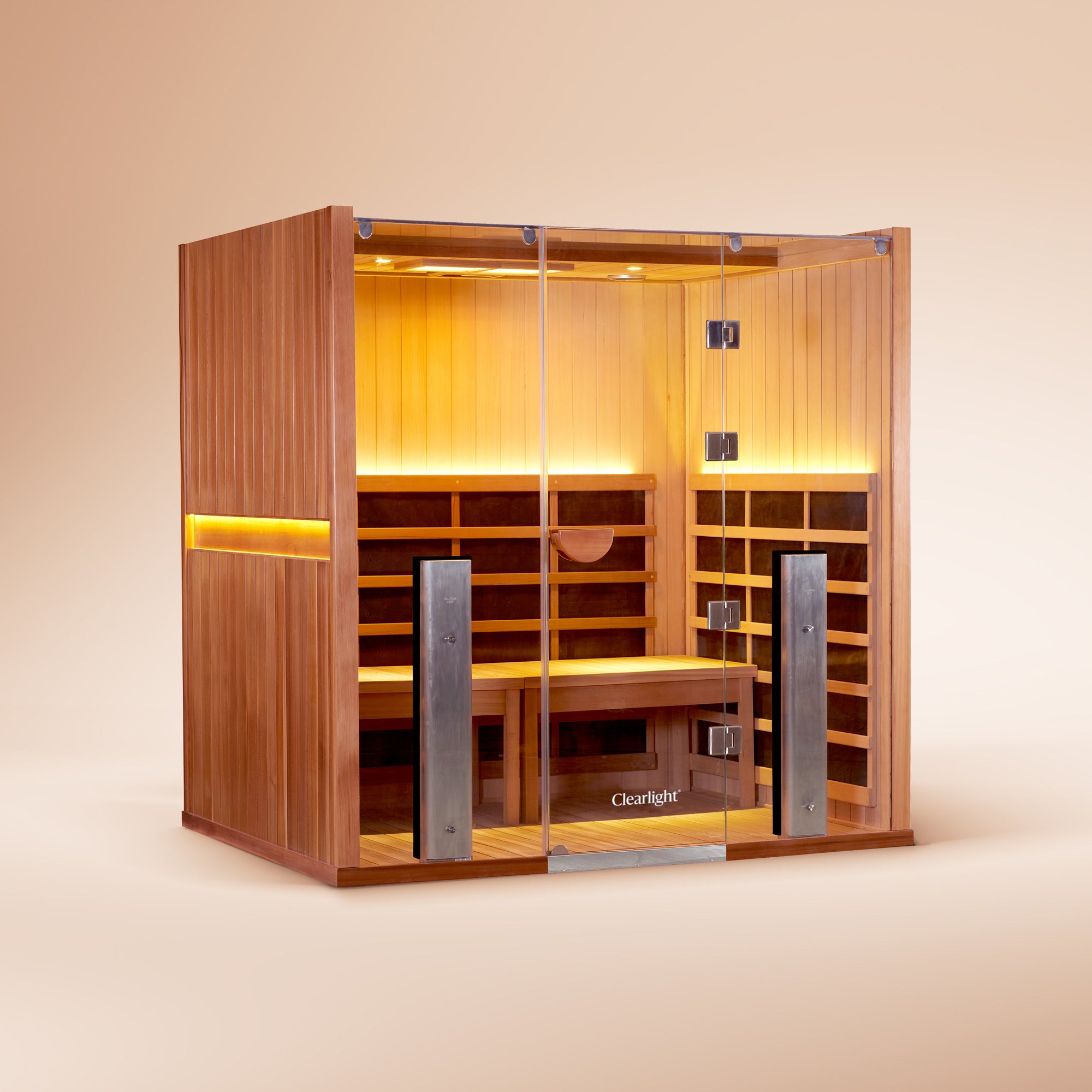Have you ever wondered why certain colours make you feel a certain way? Or why certain colours are associated with different emotions?
Colour psychology is the study of how colours affect our behaviour and emotions. It looks at how colours can be used to evoke certain feelings and how cultural differences can influence colour preferences.
Colour psychology and chromotherapy are two fields that share a common goal: to harness the power of colours to improve our mental and emotional well-being.
Chromotherapy on the other hand (also known as colour therapy) is the application of specific colours in the form of light wavelengths, to not only affect our mental and emotional states but also our physiological states.
In this blog post, we'll explore the science behind colour psychology and its potential for impacting your emotional state. From the calming effects of the colour blue to the energising properties of red, we'll uncover the secrets of how different colours can impact your emotions and attitude.
Afterwards, you should have a good understanding of how you can utilise the different colours from our medical-grade Chromotherapy sauna device to further improve your sauna session and sauna health benefits!

The Intriguing World of Colour Psychology: Unraveling the Influence of Colours
Colour psychology is a captivating branch of psychology that explores the profound influence of colour theory on human emotions and manners. Our world is a prism of colours, each hue carrying its unique vibration and energy that can sway our sentiments, actions, and even decision-making process.
Decoding the Spectrum: The Impact of Colours
Colours are more than just visual elements; they are powerful psychological tools that convey messages and evoke emotions. When we delve into the realm of colour psychology, we begin to understand the subtle yet significant ways the colour spectrum shapes our everyday experiences.
For instance, consider the tranquillity of a blue sky or the invigorating warmth of a sunlit room. The cool blue instils a sense of calm and stability, making us feel serene and peaceful. On the other hand, warm hues like the colour orange and the colour yellow stimulate feelings of warmth, comfort, and enthusiasm, infusing energy into our surroundings.
Colour Psychology in Action: Influencing Human Behaviour
Colour psychology plays a pivotal role in influencing human behaviour. It's not just about personal preferences; colours have the power to evoke emotional responses and influence our mood and mental state.
A room painted with cool colours like the colour blue or green colour may make you feel calm and relaxed, while a room adorned with warm shades like red or orange might stir feelings of excitement or even hostility. These reactions are not mere coincidences but are rooted in the fundamental principles of colour psychology.
Imagine walking into a store with vibrant red signage or an app with a calming blue interface. Your emotional response to these colours significantly influences your interaction with the space or product, impacting everything from your comfort level to purchasing decisions.
The Power of Colours in Decision Making
The psychological impact of colours extends far beyond immediate emotional responses. They also play a crucial role in our decision-making processes. For instance, marketers often leverage colour psychology to influence consumer actions. A well-chosen colour scheme can significantly affect a customer's perception of a brand, swaying their buying decisions.
Moreover, interior designers use colour psychology to create spaces that promote desired behaviours and emotions. For example, a bedroom might be designed with cool colours to promote relaxation, while a workspace might incorporate more vibrant hues to stimulate creativity and productivity.
The Need for Further Research
While we have made significant strides in understanding colour psychology, there's still much to unravel. The influence of culture, personal experiences, and even current mood can significantly impact how an individual perceives and responds to other colours.
Therefore, continuous research is paramount to deepen our understanding of this fascinating field and harness the power of colours more effectively in various domains, from marketing and interior design to healthcare and beyond.
Colour psychology offers a rainbow of insights into our complex human demeanour. As we continue to explore this captivating topic, we can look forward to a future where we can utilise colours to enrich our lives, influence responses, and enhance well-being in multifaceted ways.

The Palette of the Mind: An Insight Into Colour Psychology and Its Impact on Our Emotions
The world isn't just black and white; it's a vibrant array of colours, each carrying its unique psychological significance. Welcome to the world of colour psychology, a fascinating realm that studies the profound impact of colours on human emotions and behaviour.

Colour Blue: The Colour of Calmness and Stability
The colour blue, often associated with stability, is known to evoke feelings of calm and serenity. Its soothing tones are often used to create a sense of tranquillity and trust. It is no wonder that a cool colour like blue can create a calming and relaxing environment.
Interestingly, blue light can influence our sleep patterns and overall mood, reinforcing the connection between colour and psychology. Widely used in design due to its calming effect, blue truly embodies peace and stability.

Green: The Hue of Healing and Freshness
Green, another cool colour, is often associated with nature, healing, and freshness. This colour is known to create a sense of calmness and relaxation, akin to the peaceful feeling when surrounded by lush greenery.
Red: The Shade of Energy and Hostility
Moving towards the warmer end of the spectrum, we find red – a colour that can stimulate emotions ranging from warmth and comfort to anger and hostility. Interestingly, exposure to red light has been associated with alertness and an increased heart rate. Some studies even suggest that certain colours like red can raise blood pressure and increase metabolism.

Orange: The Blend of Enthusiasm and Warmth
Orange, a beautiful blend of red’s passion and yellow’s joy is often associated with energy, enthusiasm, and warmth. It's a colour that can stimulate various emotions, cementing its position in the warm colour category.

Yellow: The Symbol of Happiness and Energy
Yellow, a colour often associated with happiness, spontaneity, and optimism, can stimulate mental activity and generate muscle energy. A vibrant shade of yellow, like lemon yellow, is often associated with cheerfulness and energy.











What's The Difference: Sanctuary Vs. Premier
Clearlight Vs. Sunlighten: Which UK Infrared Saunas Are Better?